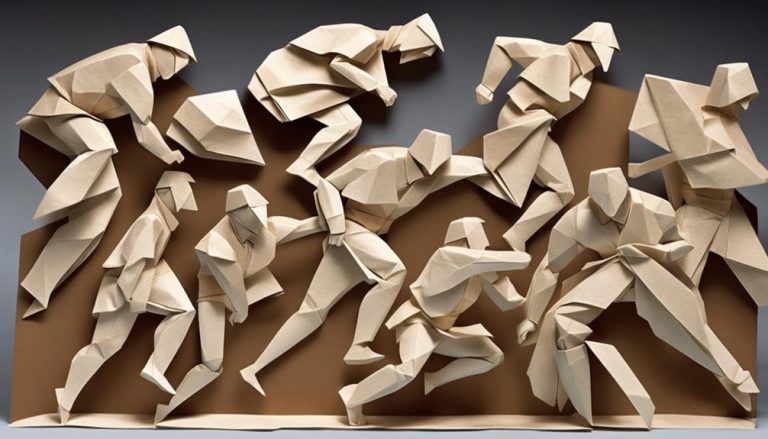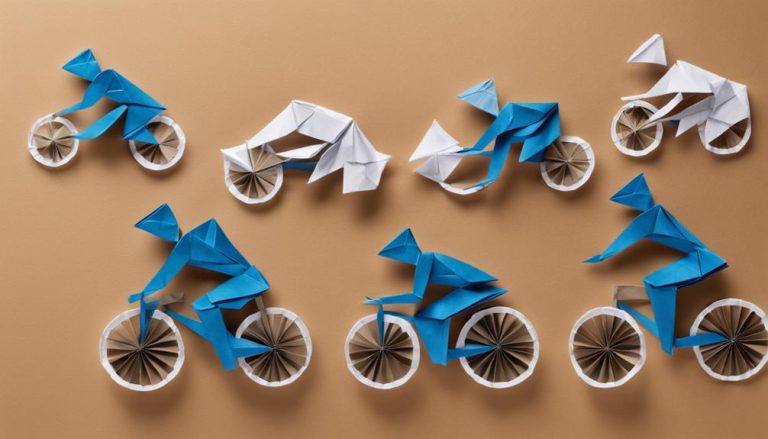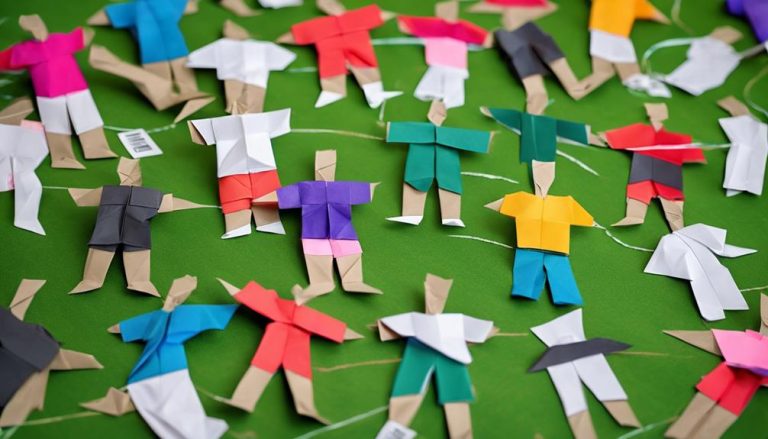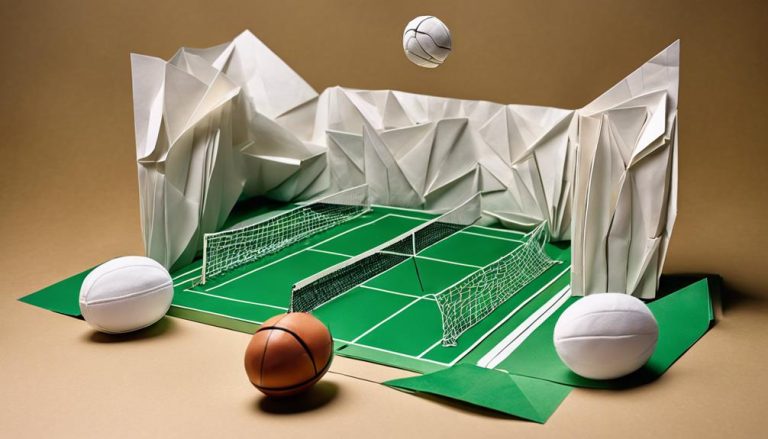General Rules of Speedcubing
Imagine you are in the middle of a speedcubing competition, and you notice a fellow cuber receiving a penalty for an incorrect solve. As you observe the situation, you begin to wonder about the intricacies of the rules that govern speedcubing tournaments. Understanding the general guidelines and regulations is crucial not only for ensuring fair play but also for improving your own performance. Stay tuned to explore the fundamental principles that shape the world of competitive speedcubing and how they impact cubers worldwide.
WCA Regulations and Guidelines
When participating in speedcubing competitions, it is crucial to adhere to the WCA Regulations and Guidelines. Competition attire must be neat and appropriate, ensuring a professional environment. This typically involves wearing clean and modest clothing. Remember, the focus is on the competition, not fashion.
Judge qualifications are paramount in maintaining the integrity of the event. Judges must have a thorough understanding of the WCA Regulations and Guidelines to ensure fair play. They should be impartial and knowledgeable, able to make quick and accurate decisions. Training and certification are often required to become a judge, guaranteeing consistency across competitions.
Puzzle Inspection Time Limits
Adhering to strict time limits for puzzle inspection is essential in speedcubing competitions to maintain fairness and efficiency. When it comes to puzzle inspection, employing effective inspection strategies, time management, memory techniques, and mental preparation can significantly impact your solving speed.
To make the most of your puzzle inspection time, consider the following:
| Inspection Strategies | Time Management | Memory Techniques |
|---|---|---|
| Scan the entire cube quickly | Use your allocated time wisely | Create associations for faster recall |
| Focus on key pieces for efficient solving | Prioritize which steps to plan | Practice visualization techniques |
| Look for patterns and shortcuts | Avoid getting stuck on one step | Utilize muscle memory for algorithms |
Solving Techniques and Methods
To maximize your efficiency in speedcubing competitions, mastering various solving techniques and methods is crucial. Here are some key elements that can help you enhance your speedcubing skills:
- Finger dexterity is essential for executing moves quickly and smoothly. Practice finger tricks and agility exercises to improve your speed and accuracy.
- Lookahead strategies involve planning your next moves while solving the current steps. Developing lookahead skills will help you anticipate the best algorithms and optimize your solving time.
- Utilize advanced algorithms to solve specific cube configurations more efficiently. Learning and mastering a wide range of algorithms can significantly speed up your solving process.
- Implement efficient solving techniques such as block-building methods and intuitive solving approaches. These techniques can simplify complex patterns and help you solve the cube more rapidly.
Scrambling Procedures and Accuracy
When scrambling your cube, ensure proper technique for an accurate mix of the colors. It's crucial to verify the scrambles to prevent any potential solving shortcuts. Accuracy in scrambling is key to maintaining the integrity of the speedcubing challenge.
Proper Scramble Technique
For accurate and efficient scrambling in speedcubing, ensure you follow precise procedures to achieve a well-shuffled cube. To enhance your scrambling technique, consider the following:
- Consistent Scramble Patterns: Use a variety of movements and rotations to ensure a thorough mix of the cube.
- Avoid Over-Scrambling: Stick to the required number of moves to prevent unnecessary confusion during solving.
- Timer Integration: Practice integrating timer stops with scramble completion to optimize solving efficiency.
- Randomization Verification: Double-check that your scramble patterns are truly random to maintain fairness and challenge in solving.
Verification of Scrambles
Ensure accurate verification of scrambles by meticulously following standardized scrambling procedures to maintain the integrity and fairness of speedcubing competitions. Scramble verification is crucial to ensure that competitors solve the same randomized cube configuration. Before each round, scramblers must follow specific guidelines to shuffle the Rubik's Cube effectively. This process involves executing a sequence of moves that randomize the cube, ensuring a fair challenge for all participants. Moreover, verifying the accuracy of the scramble is equally important. Competitors should double-check the cube's configuration against the provided scramble sequence to confirm its correctness. By adhering to these procedures with precision and attention to detail, the integrity of the competition is upheld, allowing for a level playing field based on solving accuracy.
Competition Etiquette and Behavior
Competitors should always maintain a respectful and sportsmanlike attitude during speedcubing competitions. It is essential to uphold the principles of sportsmanship, respect, fair play, and conduct to ensure a positive and enjoyable environment for all participants. Here are four key points to remember regarding competition etiquette and behavior:
- Respectful Interactions: Treat your fellow competitors, organizers, and judges with courtesy and respect. Avoid any behavior that may be deemed disrespectful or disruptive.
- Fair Play: Adhere to the rules and regulations set forth by the competition organizers. Avoid any form of cheating or unsportsmanlike conduct that may give you an unfair advantage over others.
- Positive Attitude: Maintain a positive and encouraging demeanor throughout the competition. Support your fellow competitors and celebrate their successes.
- Grace in Victory and Defeat: Whether you win or lose, display grace and humility. Congratulate the winners and learn from your losses to improve your skills for future competitions.
Time Measurement and Recording
Maintain precision in time measurement and recording practices to ensure accurate tracking of speedcubing performance. When handling timers, it is crucial to start and stop the timer accurately to record an exact solving time. Reaction time plays a significant role in speedcubing, so ensure your timer handling is quick and consistent to capture an authentic representation of your solving speed.
Recording your times promptly after each solve is essential for maintaining an organized log of your progress. Make it a habit to note down your times immediately to avoid any discrepancies or forgetting crucial data. Consistency in recording your times will provide you with valuable insights into your improvement areas and help track your speedcubing journey effectively.
Frequently Asked Questions
How Do Speedcubers Handle Nerves and Pressure During Competitions?
To handle nerves and pressure during competitions, speedcubers employ visualization techniques and mental preparation. They utilize breathing exercises and positive affirmations to stay focused. These practices help maintain composure and optimize performance under stress.
What Are Some Common Misconceptions About Speedcubing?
Misconceptions about speedcubing are plentiful. Techniques and myths often clash. Don't get caught up in the wrong assumptions. Embrace the challenge and debunk the false beliefs. The truth behind speedcubing awaits your discovery.
How Do Speedcubers Prevent Injuries or Strain From Practicing for Long Periods of Time?
To prevent injuries and strain when practicing for extended periods, maintain proper posture, take frequent breaks, and stretch regularly. Focus mentally on efficient movements, avoid excessive force, and listen to your body's signals to prevent overuse injuries.
How Do Speedcubers Stay Motivated and Continue Improving Their Times?
To stay motivated and improve your times, set clear goals and adopt a competition mindset. Use visualization techniques to envision success and build mental fortitude. Embrace challenges as opportunities for growth, pushing yourself to achieve new personal bests.
What Are Some Strategies for Overcoming a "Cubing Rut" or Plateau in Improvement?
Feeling stuck in a 'cubing rut' is like being lost in a maze. To break free, tackle mental hurdles with visualization techniques. Manage time wisely, create structured practice routines. Navigate the puzzle of improvement with determination.






